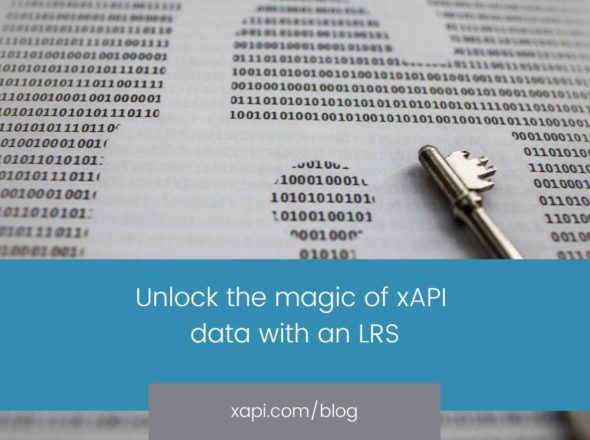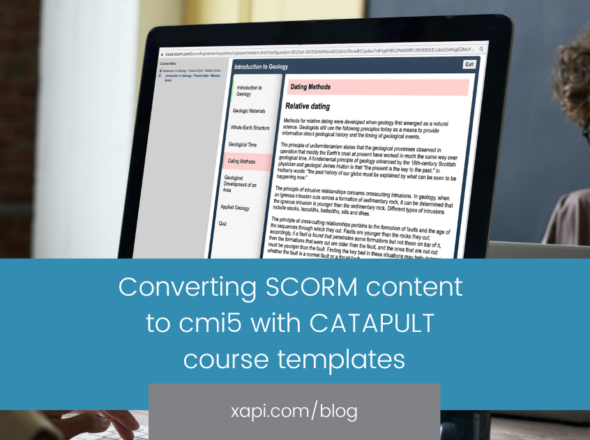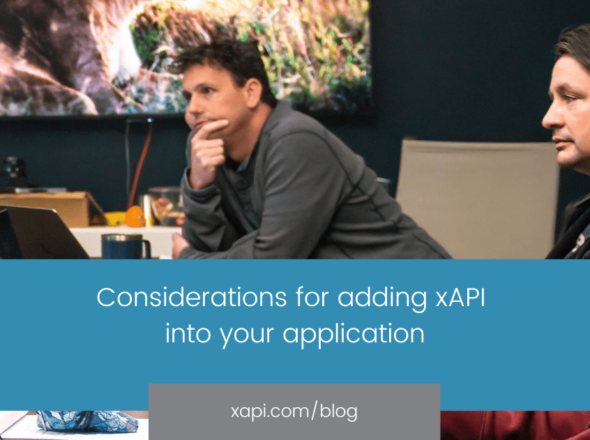It’s happening! Large (successful) corporations are using xAPI AND finding it helpful in driving business decisions. Want proof?
AT&T engaged in a proof-of-concept to trial a new approach to compliance and ethics training—difficult things to measure. To bridge the analytic gap, AT&T leveraged xAPI and Watershed LRS to examine how learners interact with content. This involved two levels of situational simulations that were randomly assigned to learners who chose to participate.
Simulation 1: Basic text and graphics with one branch that provided immediate feedback based on the learner’s response. Think: basic read and click.
Simulation 2: Video-based, experiential simulation with multiple branches. Branches provided provided emotional responses from supervisors or customers based on learner choices. Learners were also encouraged to “rewind” and explore multiple paths.

This graph does not reflect actual results. This is a sample graph based on the hypothesis.
Why the two simulations? The goal was to determine if the effectiveness of the video-based approach justified the additional expense. Also, to identify which motivators produced the highest volunteer response rate.
What was being tracked? xAPI statements were generated from the following experiences:
- Pre and post surveys to compare learner opinions about the current compliance training format compared to the simulations
- Tracking learners’ interactions with the simulations
- Moving forward, monitoring how participation in the two simulations affected the number of calls placed to the compliance hotline
Since all of the survey, learning, and performance data resides in one place, it’s easier to make correlations and see which actions lead to the desired outcomes.
To learn more about how AT&T is leveraging xAPI and an LRS, you can view the AT&T webinar recording here.


